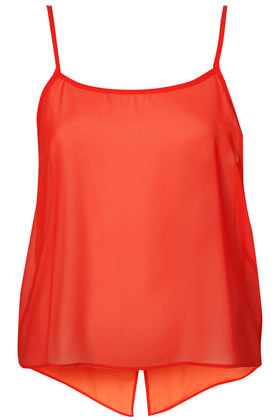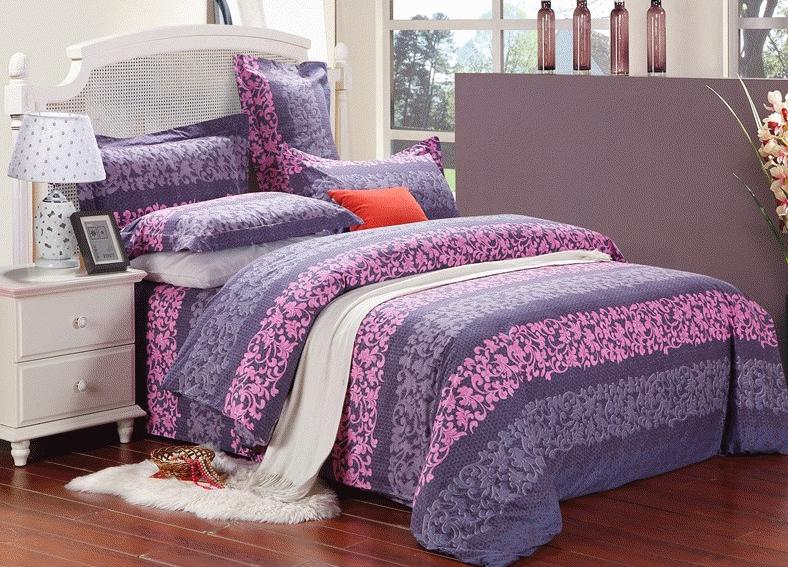Is Double-Faced Cashmere Prone to Shedding?
Double-Faced Cashmere is a type of cashmere wool that has two faces, offering a unique and luxurious texture. However, like all cashmere wool, Double-Faced Cashmere is prone to shedding. This is because cashmere wool has a natural tendency to shed its fine, delicate fibers when subjected to certain conditions, such as heat, moisture, or mechanical action. When wearing Double-Faced Cashmere, it is important to take good care of it to reduce shedding and extend its lifespan. This includes avoiding exposure to heat, moisture, and mechanical action, as well as storing it in a cool, dry place when not in use.
Double-faced cashmere, also known as double-sided cashmere, is a type of cashmere wool that has become increasingly popular in recent years. Its unique double-sided structure makes it highly desirable for a variety of applications, such as clothing, blankets, and even home decoration. However, one common concern among consumers is whether double-faced cashmere is prone to shedding.

To answer this question, let’s first understand what causes cashmere to shed. Cashmere wool is known for its soft and warm qualities, but it also has a natural tendency to shed. This is because cashmere fibers are relatively short and prone to breaking under certain conditions, such as exposure to sunlight or water. When these fibers break, they are likely to detach from the garment or item and become airborne, eventually landing on surfaces like tables or floors.
Now, let’s specifically look at double-faced cashmere. This type of cashmere has a double-sided structure that makes it even more susceptible to shedding. The two layers of cashmere fibers are not bonded together as tightly as in other types of wool, making them more prone to detachment. Additionally, double-faced cashmere is often subject to more rigorous cleaning and care instructions than other wool types, as the extra layer of fibers can absorb more dirt and stains.

So, is double-faced cashmere prone to shedding? The answer is yes, but there are ways to reduce the shedding problem. First, make sure to choose high-quality double-faced cashmere products from reputable brands. These products are more likely to have undergone proper processing and care instructions that can help reduce shedding. Second, follow the cleaning and care instructions provided by the manufacturer carefully. Avoid using harsh detergents or bleaching agents, which can damage the fibers and promote shedding.
Another important aspect of reducing shedding is proper storage of double-faced cashmere products. Store them in a cool, dry place away from direct sunlight or damp environments. This can help preserve the fibers and reduce the likelihood of shedding. Finally, consider purchasing products made from longer-stapled cashmere fibers if you are particularly concerned about shedding. These fibers are stronger and less prone to breaking and shedding than shorter-stapled cashmere fibers.

In conclusion, double-faced cashmere is prone to shedding due to its unique double-sided structure and the nature of cashmere fibers. However, by following proper cleaning, care, and storage instructions, you can reduce the shedding problem and enjoy the warmth and comfort of double-faced cashmere for years to come.
Articles related to the knowledge points of this article:
Title: The Optimal Length for a Suit Necktie: A Comprehensive Guide
Title: The mens down vest: a guide to keep you warm and stylish
Title: The Significance of Tie Patterns: A Comprehensive Guide



